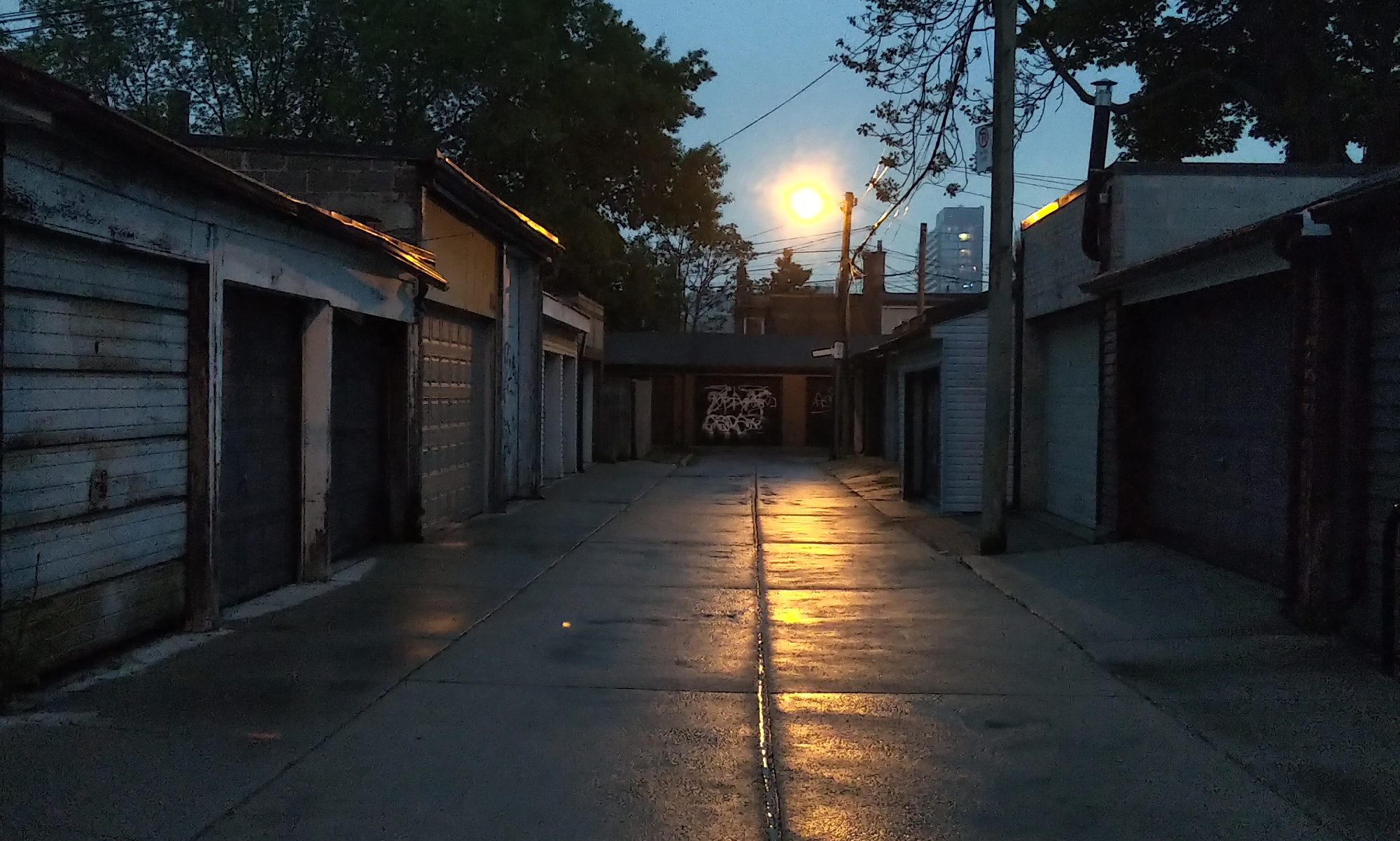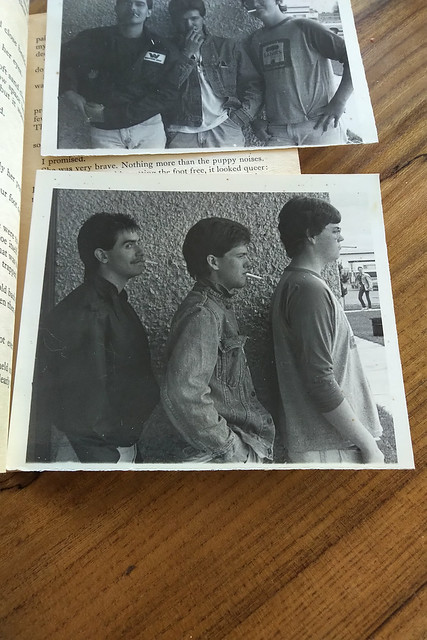As someone who not only played a lot of chess in my early 20s (patzer-level) but read just as much about the players, I didn’t know what to expect from the Netflix production of The Queen’s Gambit. Here are some thoughts…
First, it’s a fine piece of entertainment. The pacing, casting, direction, and performances are pretty damn solid. Considering it centres on someone’s relationship with a game that has seen little popular interest in the last couple of decades since Searching for Bobby Fischer (with the notable exception of 2016’s Queen of Katwe, which didn’t seem to catch much wide attention) this is significant.
I love chess. I love it conceptually. I love it for its immense complexity, and its ability to appeal to audiences and players from a broad spectrum of society and aptitudes. There are many misconceptions and reductive hot-takes about chess out there: that it’s a nerd’s game, that it’s nebulous and reserved for STEM-types, that winning is strictly a question of whose memory is greater. There is passion in chess, as well as style and aesthetics. It ends up being a reflection of whomever is playing, whether intuitive or mathematical. As such The Queen’s Gambit does more for chess than anything I have ever seen portrayed on screen. Period. They nail it, and my gut clenched many a time watching the portrayal of championship matches.
But, it remains as entertainment, and by that I mean there are reservations I have about what is portrayed. First, a brief summary: the seven-part series portrays the fictional rise of a young ingenue in the 1960s played by Anya Taylor Joy, who, as an orphan, peers into the world of chess through the solitary practice of her orphanage’s janitor. As he invites her to play it becomes apparent that she is immensely talented, not only for her age, but far beyond the ability of adults around her. There is a struggle, however, in her unresolved neglect and abandonment as a young child, which leads her to dull/heighten her senses with pharmaceuticals. As she grows older and is adopted, both her chess playing and her relationship with substance-use becomes more profound. She eventually goes on to the world stage, beating opponent after opponent with ferocity. I leave it there so as not to spoil anything. The competitive action is riveting.
As I mentioned, it’s a work of fiction, which is neither here nor there, but it’s significant that the rise of a female chess player in a predominantly male environment is portrayed without much in the way of overt interference, sexism, or politics. Yes, it’s there, but it’s there in the way you might expect it to be portrayed in a breezy musical, not a modern dramatic production. Yes, there are disbelievers, there are doubters, there are frustrated male egos, but that’s it. I don’t want to be cynical, but I can’t help but think Joy’s character would’ve encountered much (much) more resistance in 1960s America than what is portrayed. There are no less than four consultants on the series — two general and two on-set chess consultants — and they are all male, and I don’t think it’s controversial to point out how short-sighted this is. To be fair, this is an adaptation of a novel, so I get the argument there is only so much the producers might have done without straying too far from the source material. Notably, the author, Walter Trevis, also wrote The Hustler, The Color of Money and The Man Who Fell to Earth, so there’s a pedigree to be mindful of — then again, how slavish was Nicolas Roeg’s adaptation of The Man Who Fell to Earth? Could they not have brought on a woman (there are no less than 37 female grandmasters currently) to provide some perspective? This is not an insignificant question.
Another issue is that its lone supporting Black character, Jolene (played by Moses Ingram), disappears for over half of the series, only to pop up toward the end, ostensibly as The Wise Black Woman. Again, could this not have been better managed during script development? It ends up being feminist but only through an aspirational lens that doesn’t seem to be able to imagine a wider perspective, or audience.
These failures aside, my dear hope is that this reinvigorates interest in this wonderful game, and that we may one day see children from all walks of life inspired by portrayals such as what The Queen’s Gambit contains.




 So when someone asks me What do you think about x? I sometimes find myself considering a number of things and contexts to understand the question. The drawback is we’ve created a world where this sort of complexity is undesired. Certainly, in some industries and roles, complexity is unnecessary — a prime example would be assembly line work where the task is to simply crank out carbon copy iterations of something already conceived-of and revised to an acceptable standard. If you want to know what roles robots and AI are going to swallow up in the future, it’s those things. Complexity, on the other hand, keeps us guessing, reminds us that there are no set answers, or if there are they are kludges we developed until the next discovery forces us to revise our notions, our presumptions.
So when someone asks me What do you think about x? I sometimes find myself considering a number of things and contexts to understand the question. The drawback is we’ve created a world where this sort of complexity is undesired. Certainly, in some industries and roles, complexity is unnecessary — a prime example would be assembly line work where the task is to simply crank out carbon copy iterations of something already conceived-of and revised to an acceptable standard. If you want to know what roles robots and AI are going to swallow up in the future, it’s those things. Complexity, on the other hand, keeps us guessing, reminds us that there are no set answers, or if there are they are kludges we developed until the next discovery forces us to revise our notions, our presumptions.